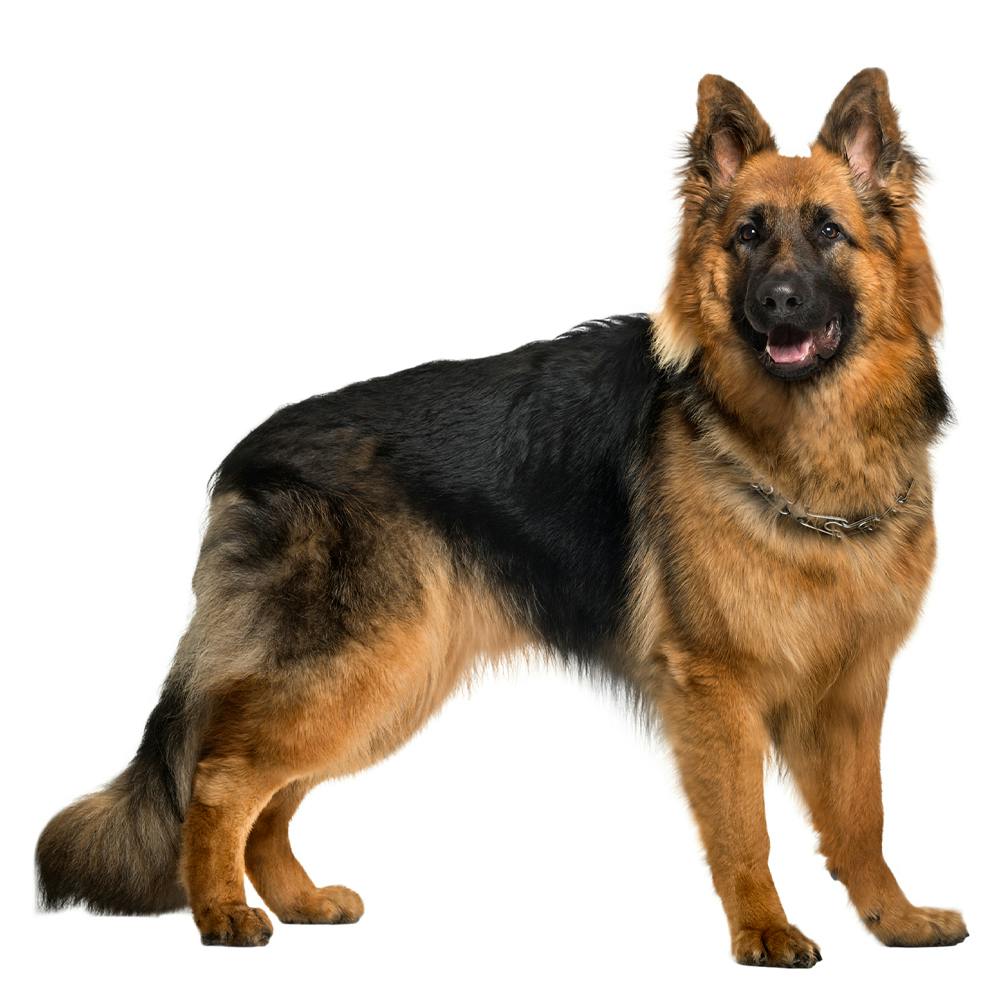
Old German Shepherd
The Old German Shepherd Dog (Altdeutscher Schäferhund) is an interesting breed with a rich history and a strong following, known for its long coat, health, and personality. The breed originates from Germany and is closely related to the more globally popular German Shepherd Dog (GSD). The Old German Shepherd Dog, as we know it today, is descended from working shepherd dogs of the late 1800s in Germany. These dogs were selectively bred for their working abilities rather than their appearance. The shepherd dogs of that time were divided into rough-haired, long-haired, and short-haired types. As the German Shepherd Dog (Deutscher Schäferhund) became a recognized breed in the early 20th century, the standard was set to favor the short-haired type, leaving the long-haired type less popular and almost forgotten. However, enthusiasts of the long-haired variant continued to breed and refine it. These dogs, retaining many of the characteristics of the original working shepherd dogs, are often referred to as Old German Shepherd Dogs to distinguish them from the more standardized German Shepherd breed.
- Origin
- Germany
- Alternate Names
- Altdeutscher Schäferhund
- Life Expectancy
- 9-13 years
- Average Male Height
- 21.5-25.5
- Average Female Height
- 21.5-25.5
- Average Male Weight
- 48-88 pounds
- Average Female Weight
- 48-88 pounds
- Coat Length
- Long
- Coat Type
- Varies
- Coat Colors
- Black, Brown, Tan, Grey, and other colors
- Coat Pattern
- Varies
Genetic Predispositions and Health
Old German Shepherds do not share the standardized German Shepherd’s history of inbreeding. While it may be likely that they suffer from fewer health issues, a body of scientific evidence has yet to be established. It may be helpful to assume that this rather rare Old German Shepherd breed does share some health conditions with its more standardized counterpart. These include hip and elbow dysplasia, dilated cardiomyopathy, degenerative myelopathy, anal furunculosis, gastric torsion, small intestinal bacterial overgrowth, inflammatory bowel disease, and exocrine pancreatic. They may also be susceptible to bloat, also known as gastric dilation volvulus (GDV). This is a life-threatening condition that can come on suddenly, so it’s important to know the warning signs and get an affected dog immediate veterinary care.
Personality and Behavior
Old German Shepherds are known for their intelligence, loyalty, and versatility. They are energetic dogs and need plenty of exercise. They can excel in various dog sports and tasks, including obedience, tracking, search and rescue, and herding. Their temperament is typically friendly and protective, making them good family pets. However, they require early socialization and consistent training due to their strong protective instincts.
Fun Facts
The Old German Shepherd Dog is not officially recognized as a separate breed by major kennel clubs such as the American Kennel Club (AKC) or the United Kennel Club (UKC). In these organizations, long-haired German Shepherds are often recognized within the German Shepherd breed itself.
The Old German Shepherd Dog's long, thick coat can come in various colors and patterns, just like the short-haired German Shepherd. This includes black and tan, sable, and all-black variations.
Old German Shepherd Dogs have been used in various roles, from herding sheep to search and rescue, police work, and acting in movies and television.
Despite being less popular than the short-haired type, the Old German Shepherd maintains a dedicated following and is appreciated for its closer adherence to the original shepherd dogs of the late 19th century.
This breed is extremely rare and likely to become extinct.
References
https://www.akc.org/dog-breeds/german-shepherd-dog/ https://www.fci.be/en/nomenclature/GERMAN-SHEPHERD-DOG-166.html
https://www.dogzone.com/breeds/old-german-shepherd-dog/